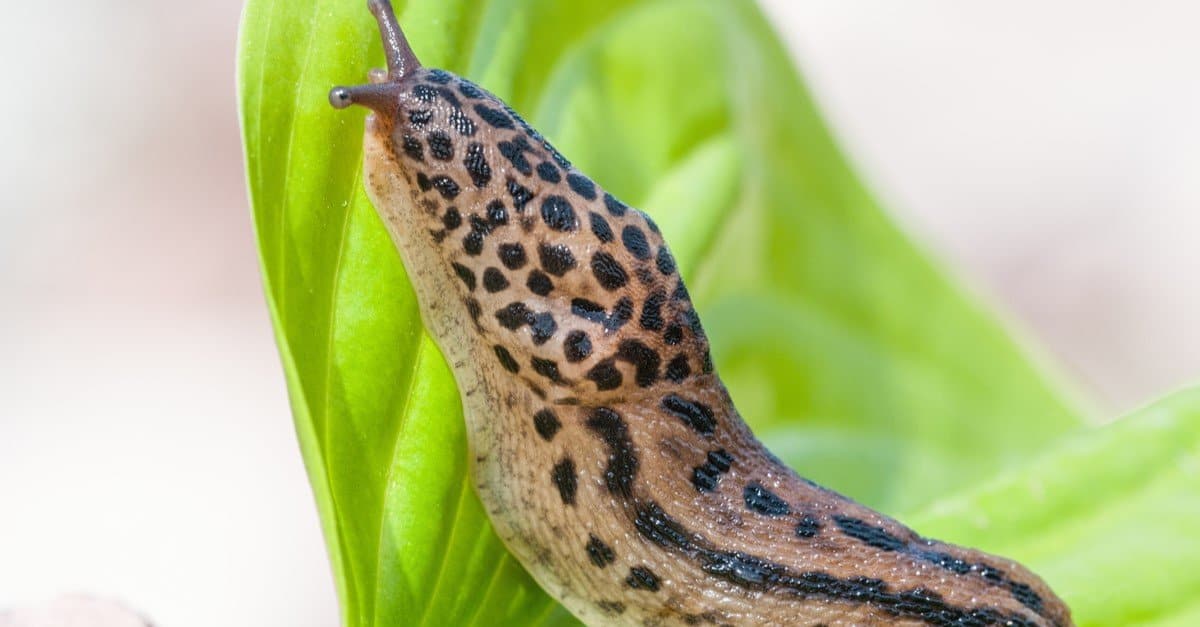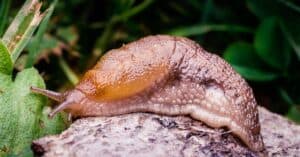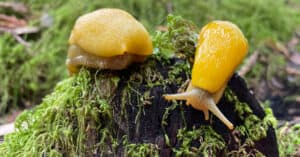While they may seem like indiscriminate eaters of your garden veggies, there are particular plants that slugs love to eat. If you’re trying to figure out what’s bringing all of the slugs to your yard, you may want to check out these eight mainstays in the average slug’s diet. And, better yet, we’ll let you know how to keep these slimy locals off of your plants too. Let’s get started!
1. Hostas
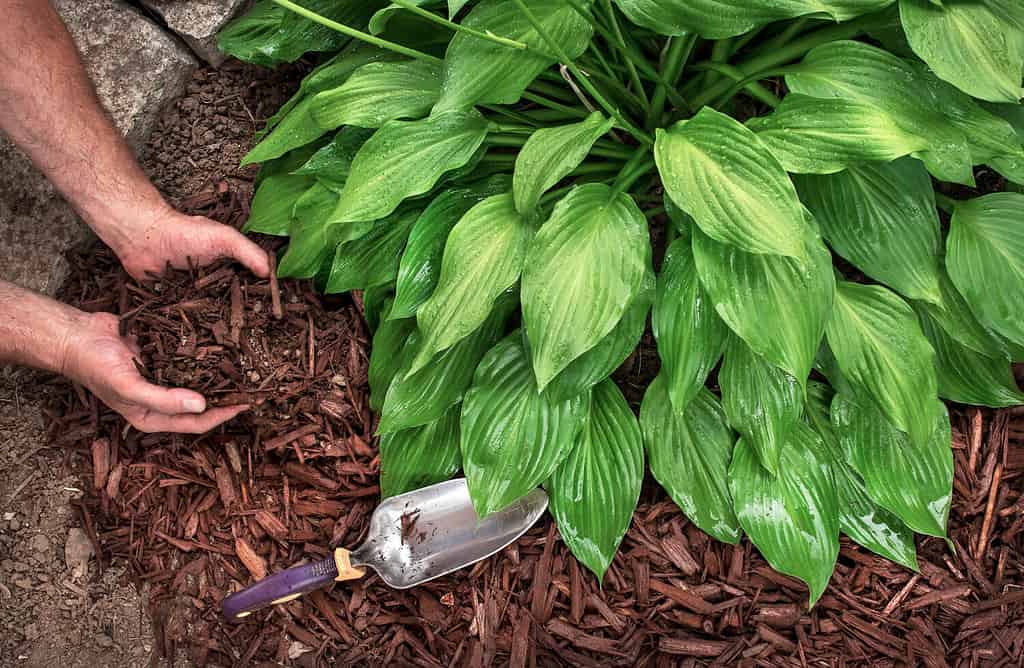
©Jon Rehg/Shutterstock.com
While hostas are fantastic plants to consider growing from seed, make sure you take precautions against slugs when planting them. These gorgeous landscaping plants are a slug favorite, regardless of where you happen to plant them. However, keeping your hostas in containers may make the journey more difficult for slugs, deterring some (but likely not all).
Slugs are often attracted to decaying leaves, something that may be hiding under all of the new growth on your hosta plants. Make sure your hostas are pruned and well-maintained. If the slugs still keep coming around, sprinkle eggshells beneath your hostas. The sharpness of eggshells keeps even the healthiest slug away!
2. Common Vegetables
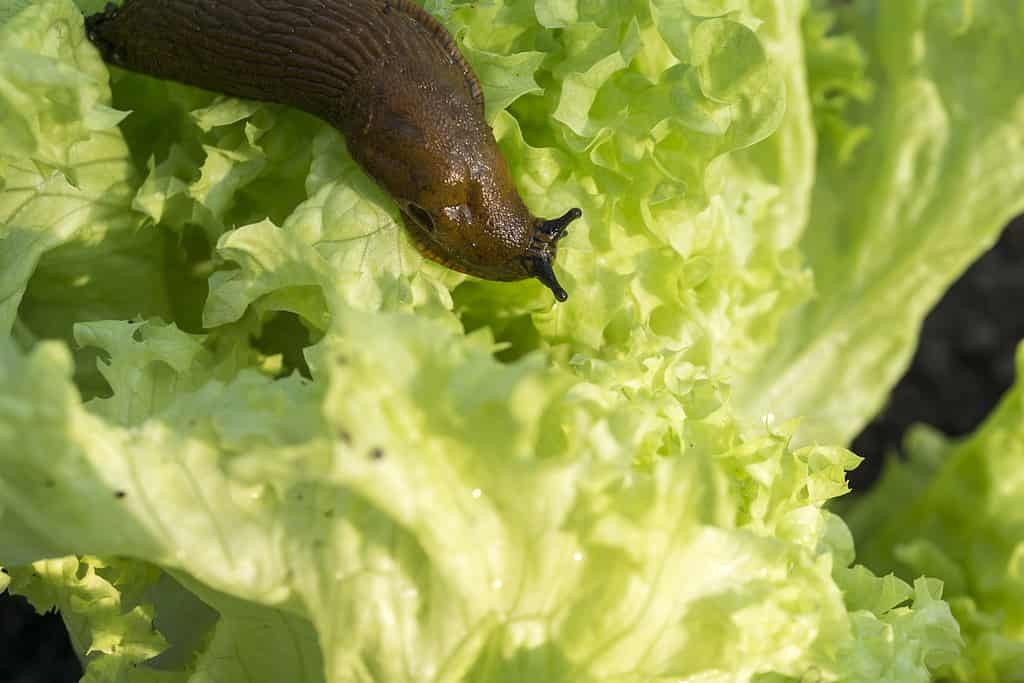
©gabort71/iStock via Getty Images
It’s no secret that slugs love vegetable gardens. Most common veggies bring slugs out to feed, including peas or beans, most lettuces or leafy greens, cauliflower, and celery. The timing of hungry slugs also corresponds to newly planted seedlings, making for even more frustration should they eat your young garden in its entirety!
It’s important to prevent slugs from entering your veggie garden as safely and organically as possible. That way, your harvest doesn’t suffer from pesticides or harmful chemical solutions. Utilize coffee grounds, sawdust, or eggshells here so that you maintain a protective border around your entire garden.
3. Dahlias
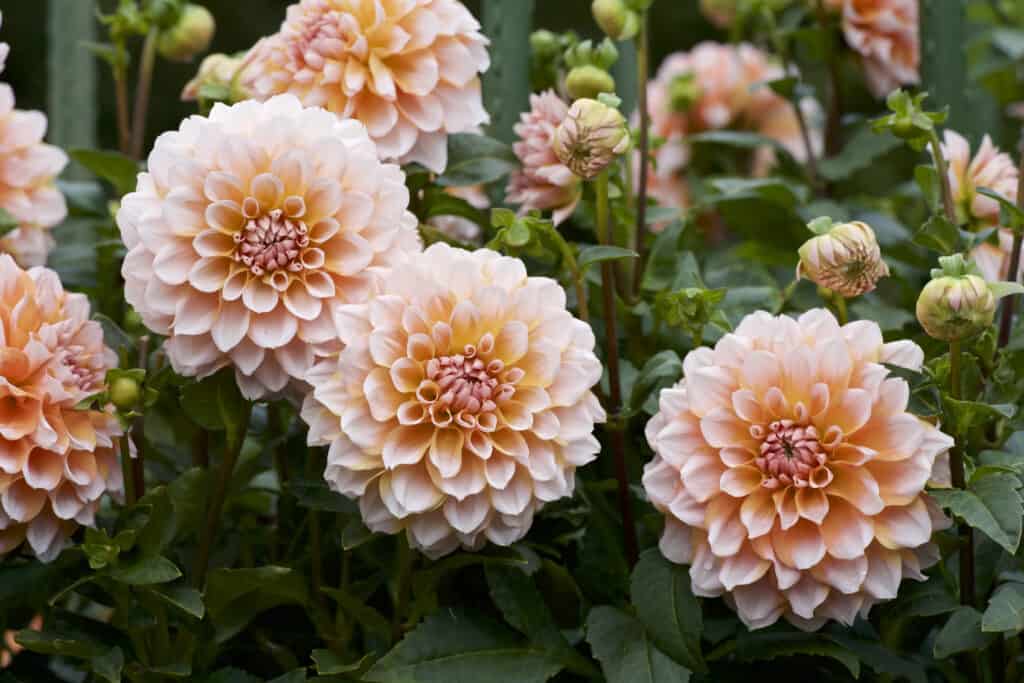
©iStock.com/Billy_Fam
It can be incredibly frustrating, to watch slugs eat your gorgeous dahlias. The tender foliage on these flowers attracts slugs and other pests to them for the entirety of their growing season, making prevention difficult. However, there are a few things you can try to keep your dahlias thriving.
Try to use traps to catch and terminate slugs before they reach your flowers. One common slug trap involves beer. Simply bury a small container of cheap beer up to the rim and watch slugs sniff it out. While their fate will be a sad sight to see, it may be slightly less sad than watching your dahlias get destroyed this spring!
4. Fruits and Berries

©patjo/Shutterstock.com
While citrus has the potential to keep certain insects away, slugs enjoy the sweetness of all fruits. If you have a fruit tree or berry bush in your garden and find the spoils of your labor full of slug holes, it’s time to do something about it.
While any of the methods already listed are worth trying, you may also consider planting some sacrificial plants around (but not too close) to your berry plants or fruit trees. If you have a spare pack of lettuce or spinach seeds lying around, plant them for your slugs to eat, deterring them from what you actually wish to harvest.
5. Larkspurs
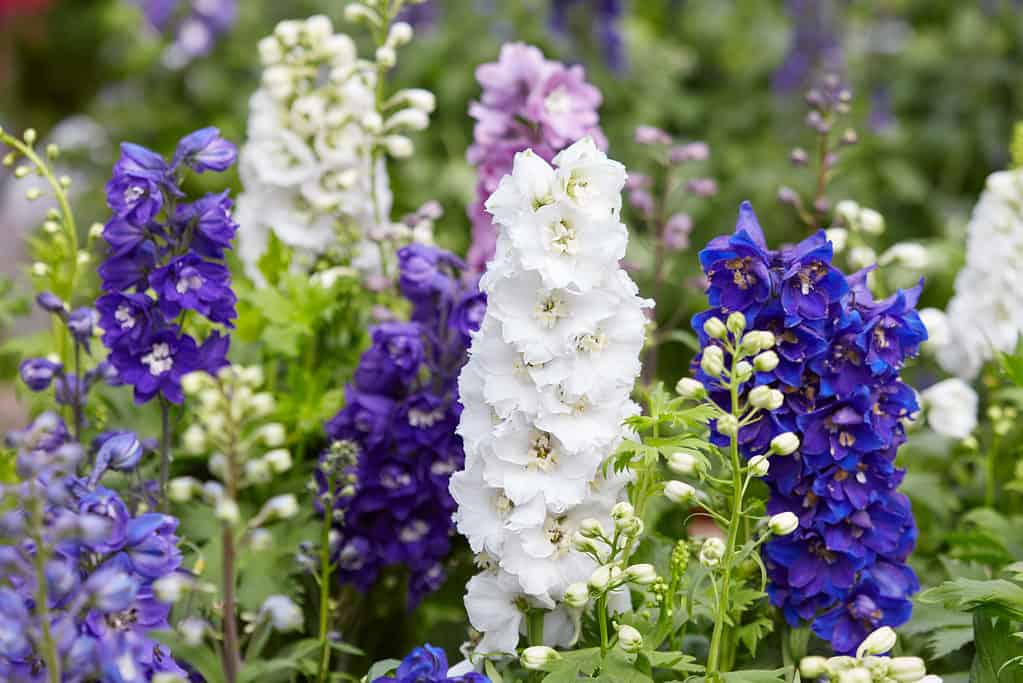
©iStock.com/AndreaAstes
A member of the buttercup family and a type of flower also known as delphinium, larkspurs are gorgeous landscaping blooms perfect for most Hardiness Zones. However, the petals and leaves of larkspurs attract slugs without fail. If your larkspurs are planted in an area often seen, you may not want to use a solution that detracts from your yard’s appearance.
The good news is, copper wire may be here to help. Slugs are averse to copper wire, which is why you may want to utilize it as a deterrent around your larkspurs or other plants. Simply lay copper down and around whatever plants you’d like to protect. The subtleness of this preventative method may appeal to certain landscapers or home gardeners.
6. Chrysanthemums

©Helen Sushitskaya/Shutterstock.com
That gorgeous potted mum plant you got this fall may not look gorgeous once the slugs get to it. While keeping your chrysanthemum plant in a container will definitely deter some slugs, it won’t deter all of them. That’s why you may want to apply a very special solution to the rim of your pot or container: petroleum jelly.
A cost-effective and subtle solution, petroleum jelly creates a slick barrier around the rim of your potted plants. Slugs can’t find purchase when traversing petroleum jelly, making it impossible to reach the leaves of your potted mum plants!
7. Lupines
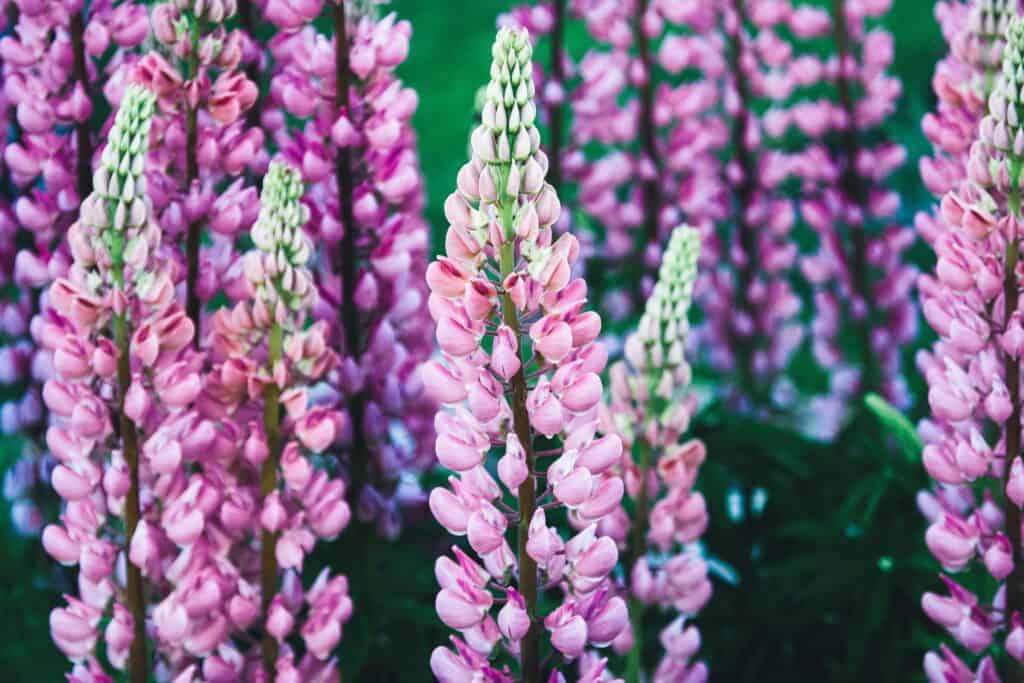
©Nadya So/Shutterstock.com
A pollinator favorite, lupines do so much more than add beauty to your yard. These stunners are nitrogen-fixing plants as well, adding to and restoring your soil’s health as they grow. However, lupines also attract slugs to them at an alarming rate.
The good news is, slugs don’t like garlic. You may want to make a homemade garlic spray and apply it to your lupines to prevent slugs from eating them. Gravel and sharp woodchips may also do the trick when it comes to deterring these pests.
8. Marigolds

©Kryssia Campos/iStock / Getty Images Plus via Getty Images
Another tender flower slugs love to eat is the marigold. While easy to care for, preventing slugs may make in-ground marigolds all the more difficult. Keeping these beauties in containers away from ideal slug habitats or food sources may help them live longer.
Companion plants, such as roses, ferns, and other thorned flowers may also keep these squishy pests away from your marigolds. While marigolds are fairly strong-willed, they may not make it if slugs return to their foliage night after night!
Thank you for reading! Have some feedback for us? Contact the AZ Animals editorial team.

